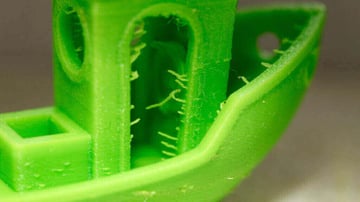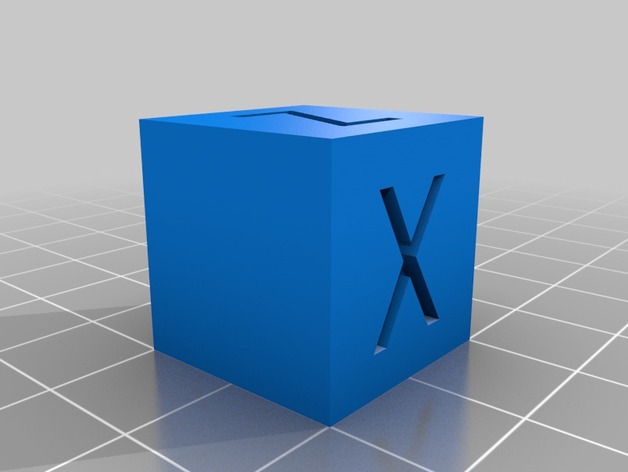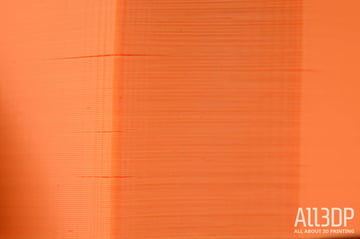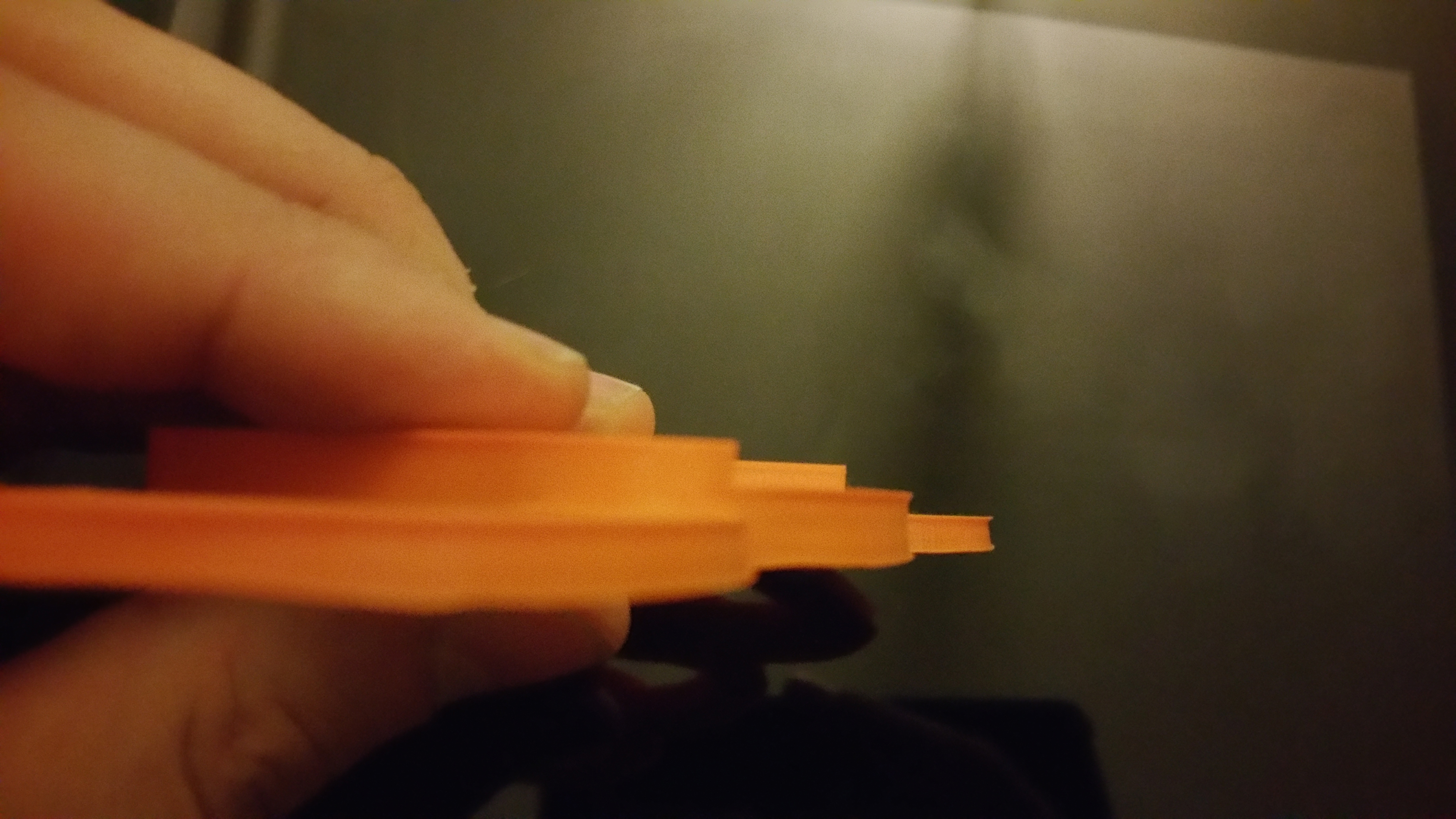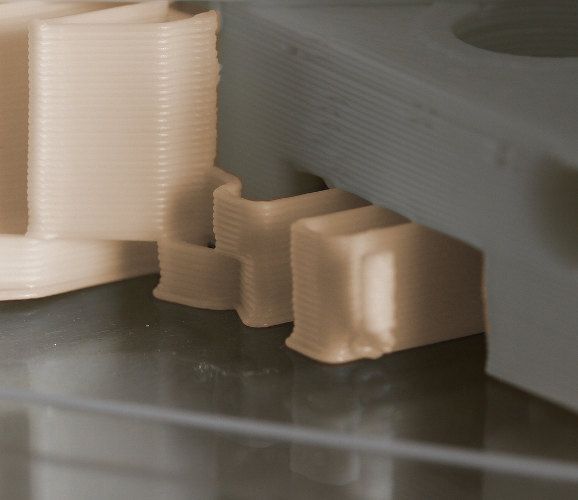3d Print Elephant Foot
To minimize bulges at the base of your model we recommend leveling the printer bed and moving the nozzle a little further away from the bed but not too far otherwise the print wont stick.
3d print elephant foot. Example image graphic. Elephants foot will be a large issue for any parts with specific dimensions. Smashed first layer aka elephants foot. The larger prints carry with itself heavier weight.
Too much squish happening on your first layers. Im using cura as my slicing software. 3d verkstan elephants foot most often occurs as the result of an uncooled first layer. Elephant foot balance bed temp cooling.
If the temperature of the print bed is too high or if there is insufficient cooling the first layer may not cool properly causing elephants foot. More often than not the majority of print issues can be traced back to the level of the print platform. As you may perceive the reason is quite simple. Termed as 3d print elephant foot is a common problem that many users face with their large prints.
When the models are being printers the initial layer is created at first. You may be suffering from elephants foot. Its tricky to find the right balance between getting rid of warping and avoiding the elephant foot effect. To stop elephant foot appearing in your 3d prints the base layers of the model need to be.
I can provide more in depth settings if you like but im printing pla at 185 with my bed set to 65. Or you can act if possible directly on the model by modifying the design. Side profile of the printed part shows a bow near the bottom or next to the surface that was adjacent to the print bed. Alec is here to help you diagnose and fix this common problem qu.








